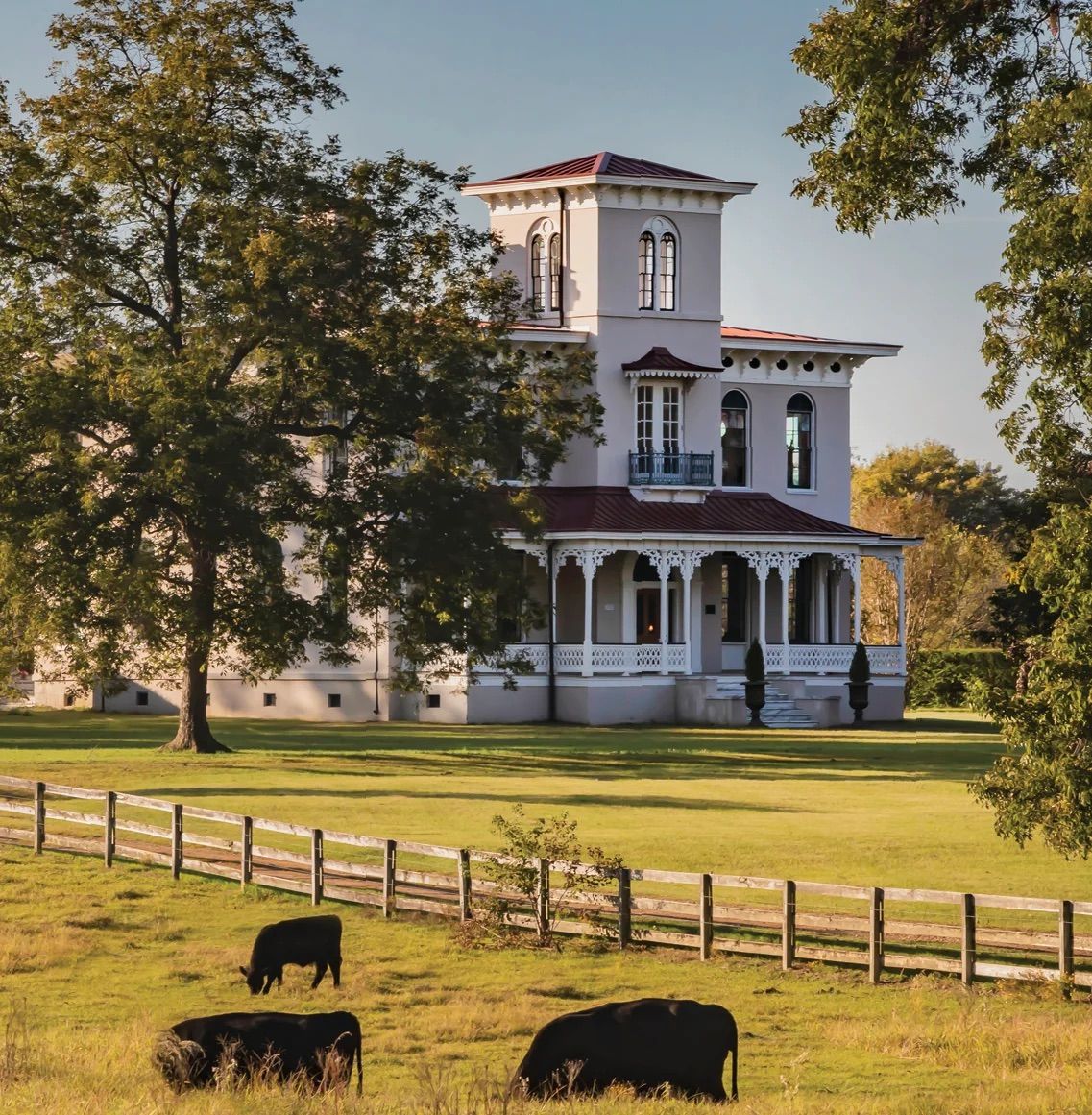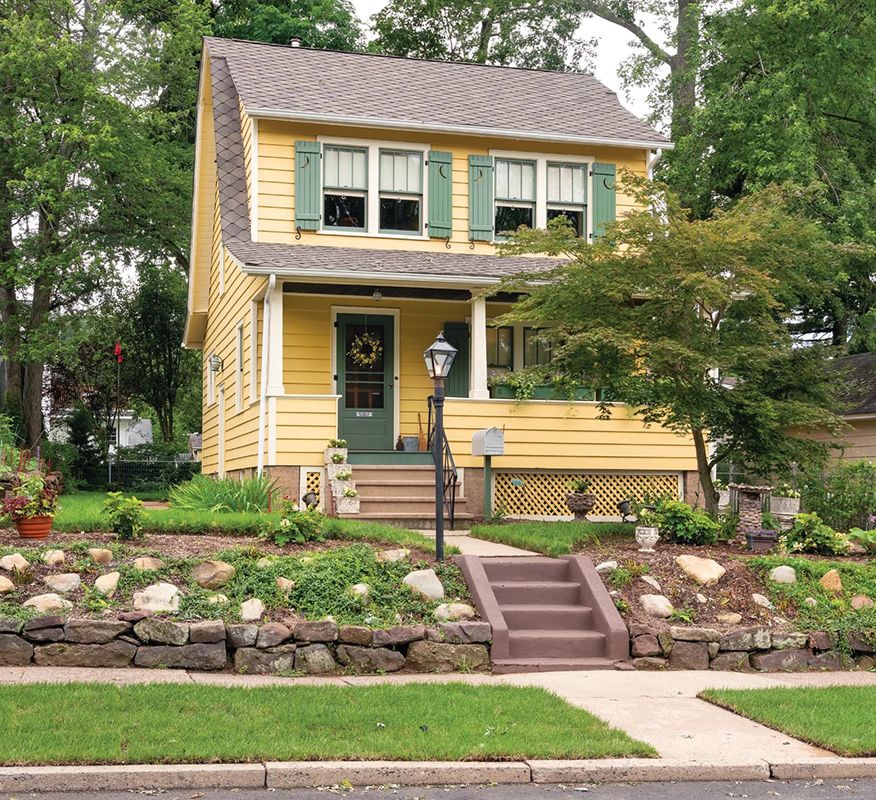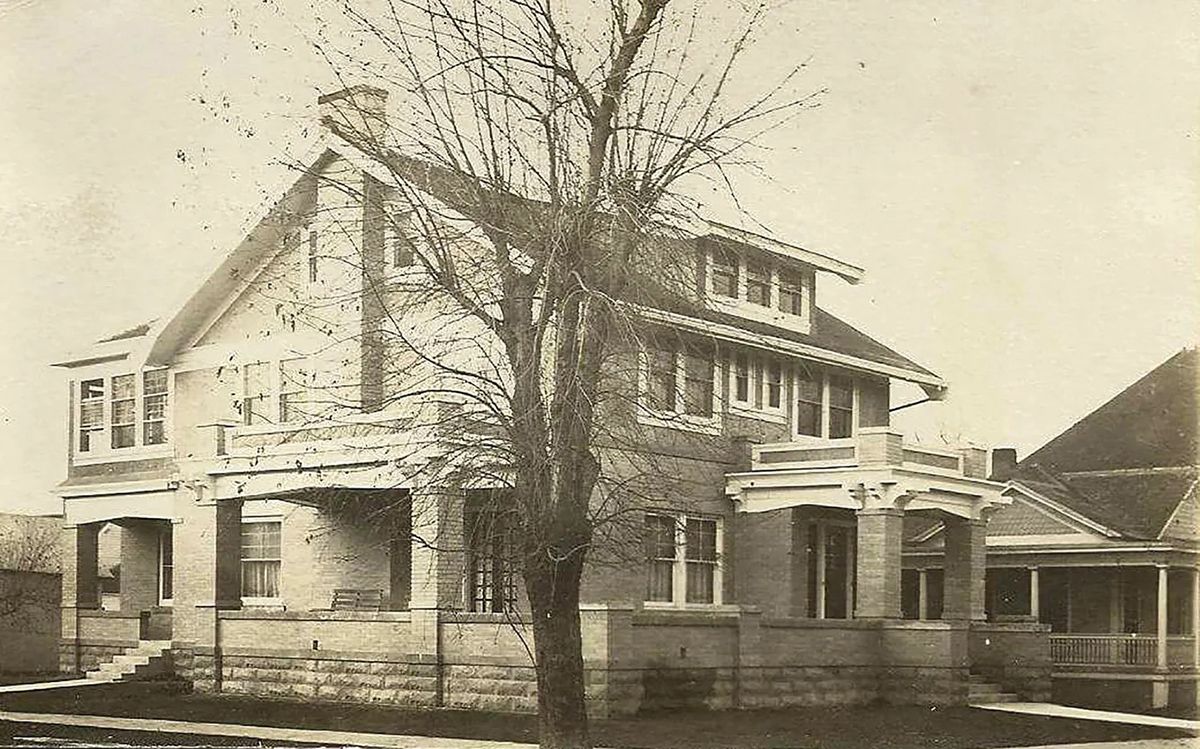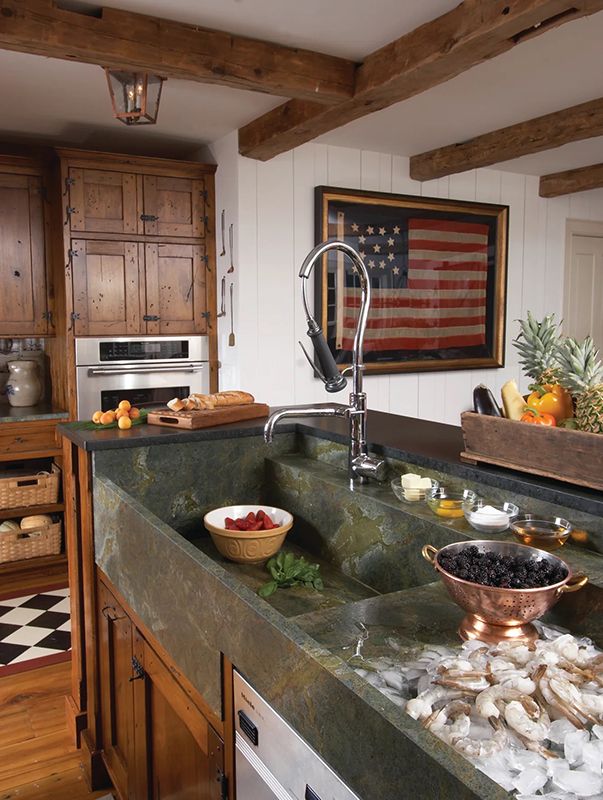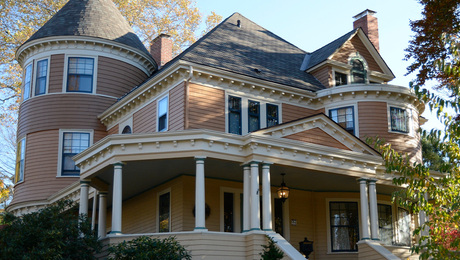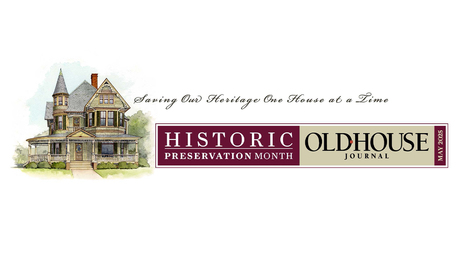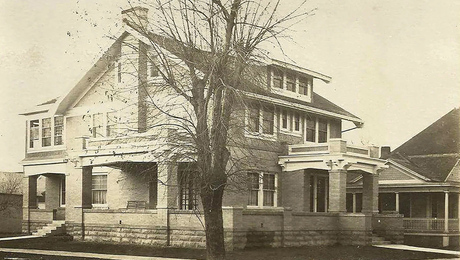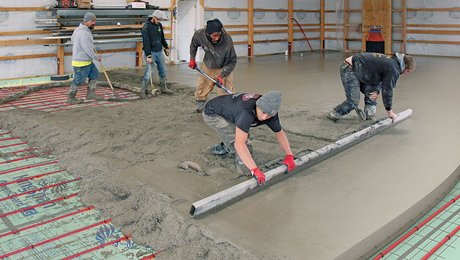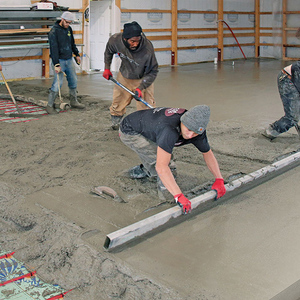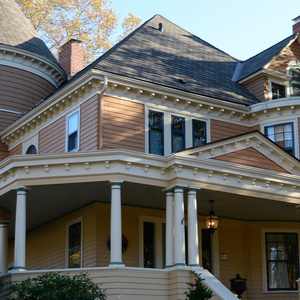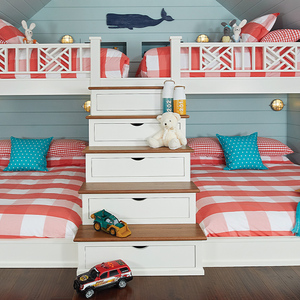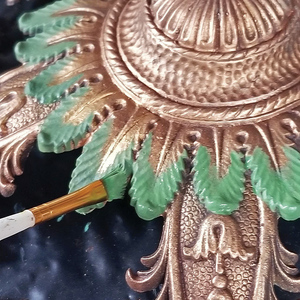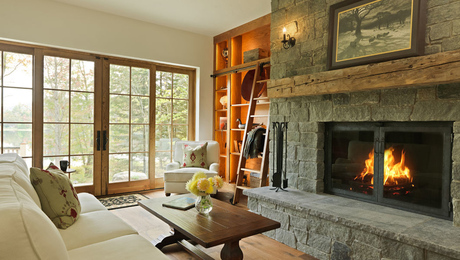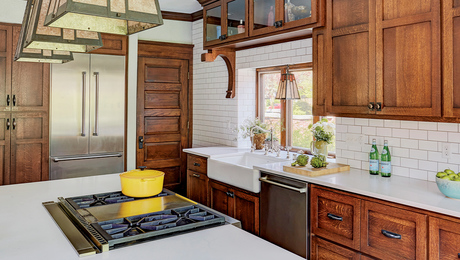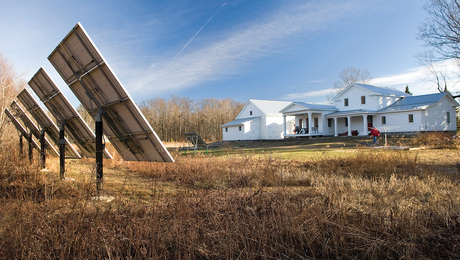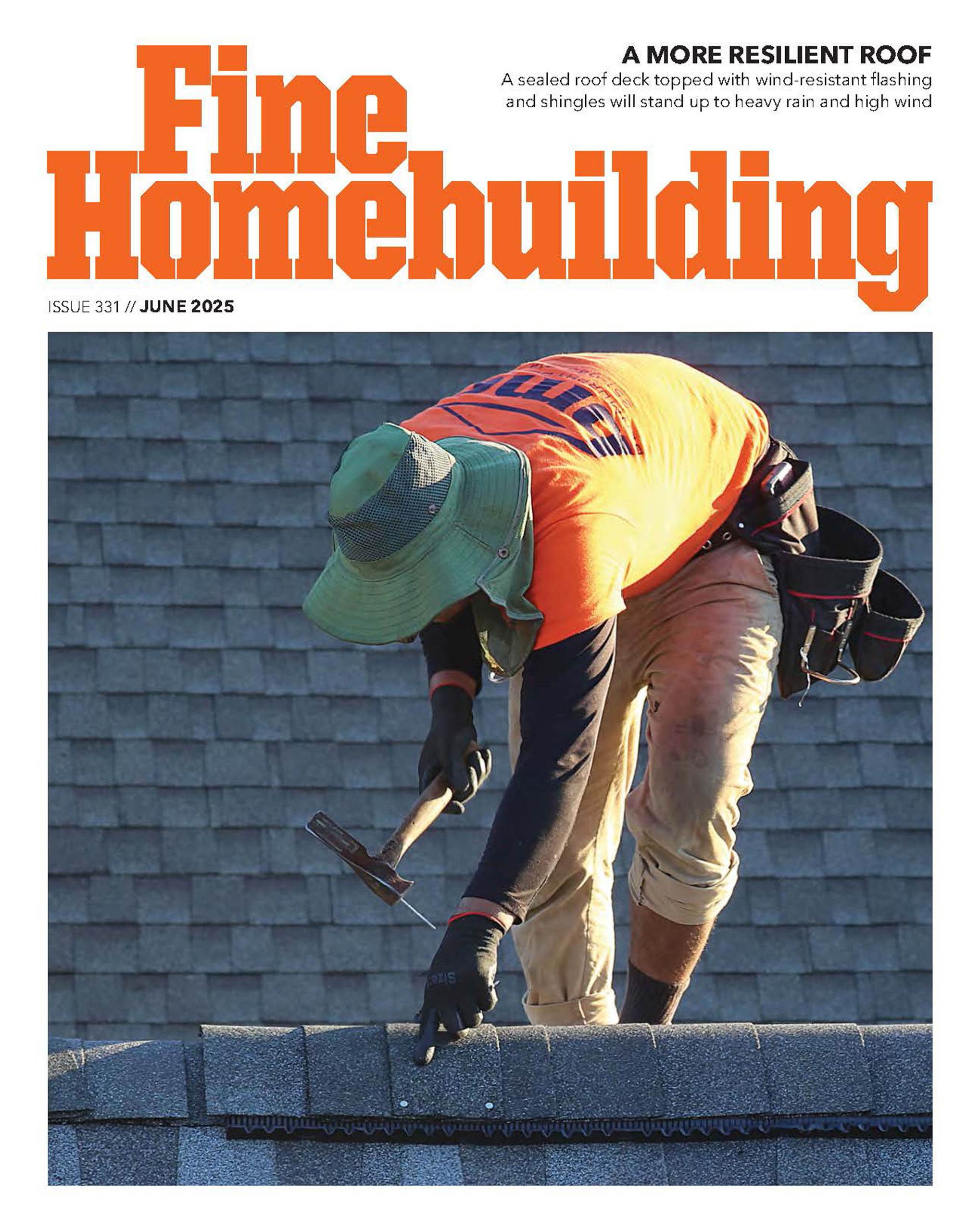Preservation Meets Today’s Tastes & Modern Lifestyle
Honoring preservation isn’t the same as historical restoration and it doesn’t call for living in a museum interior.
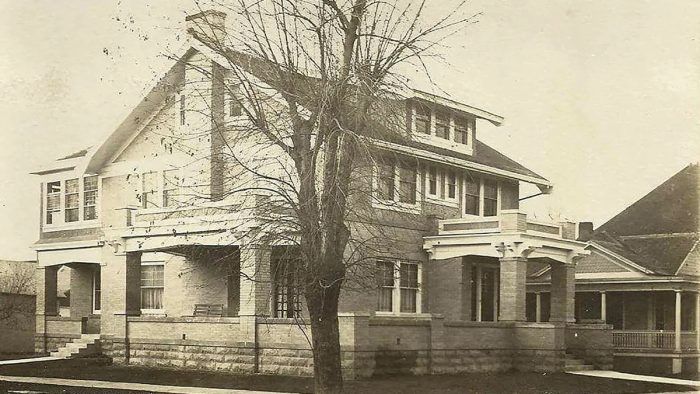
The work at hand may involve a mix of approaches (e.g., restoration of the façade, rehabilitation of walls using plaster patching and drywall, renovation of the kitchen). Throughout the project, having a preservation mindset is good because it helps avoid destruction of rare materials and magnificent craftsmanship as well cultural history.
Old houses contain lessons: Aren’t pocket doors proof that an open plan sometimes needs to be closed? Changing taste is the enemy of preservation. Carved Eastlake mantels were discarded as “too fussy” and endless original bits thrown away for being “old-fashioned” or the “wrong” color. Better to repair rather than replace; eventually, after generations of replacement, a house is no longer original and probably no longer coherent.
A house represents a particular time and style. The mid-20th-century fad for turning Victorians into faux Colonials, for example, didn’t work out. Stripping off gingerbread trim and painting out the textures only succeeded in making these houses ugly “white elephants” that would prove very expensive to restore.
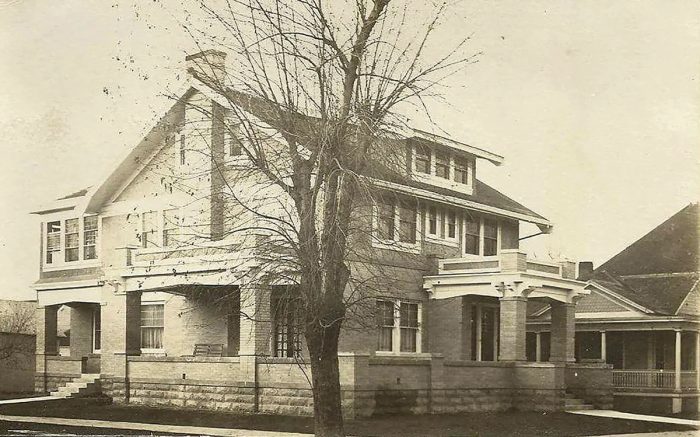 |
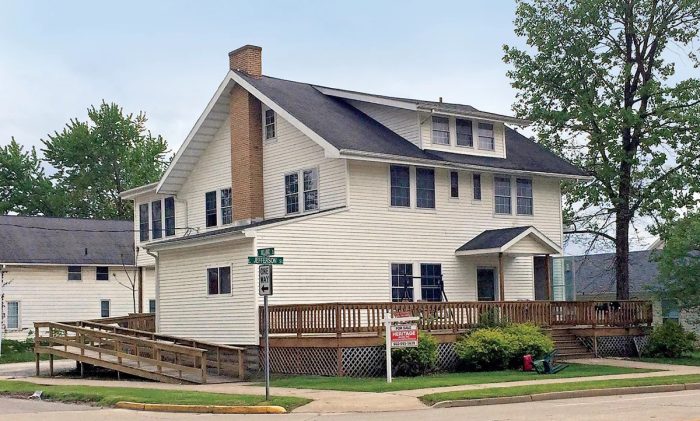 |
We must be careful about how much we change because there is a tipping point. Most of us fell in love with an old house—not a new house made of old materials. The 1973 Presidential proclamation establishing what was then Preservation Week (now Month) read: “As the pace of change accelerates in the world around us, Americans more than ever need a lively awareness of our roots and origins in the past on which to base our sense of identity in the present and our directions for the future.” It’s a lofty statement if a bit abstract.
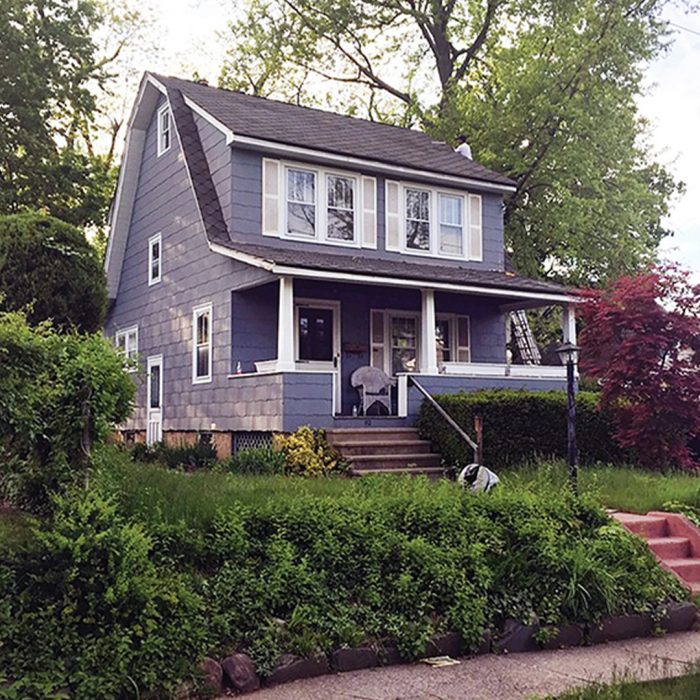 |
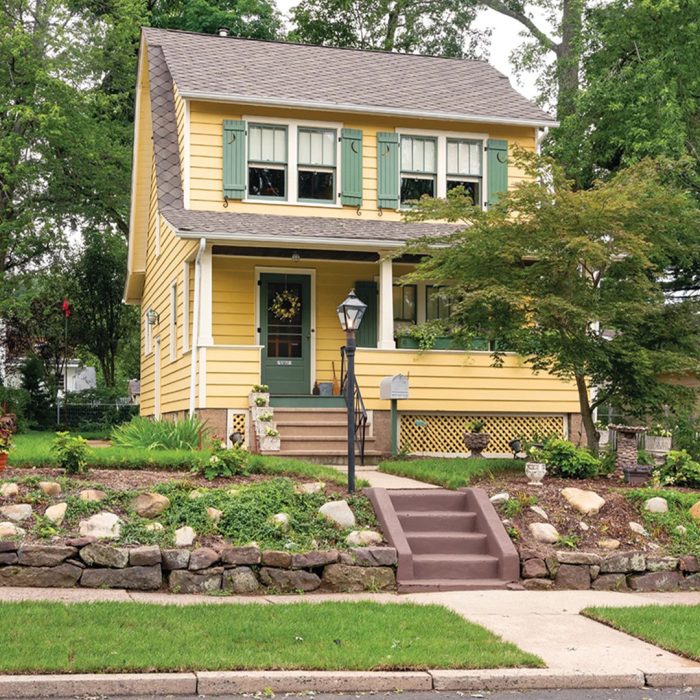 |
More Pros of Preservation
There’s no need to erase original features in a quest for comfort and personal preference. In fact, you may even find that period design provides inspiration. Everyday reasons, too, argue for building preservation:

Reason #1
Old-growth hardwood, sound- and fire-resistant three-coat plaster, fine craftsmanship, and surviving folk graining represent intrinsic value and for that reason are worth saving.
Reason #2
In an unremodeled house, many elements represent the intention of the original design. A new owner might be forgiven for tearing out something that seems sullied or feels anachronistic. But what does it tell us about original proportions or style? Cleaned up, that very item—the mantel, an overpainted stained-glass window—may be a focal point.
Reason #3
Old houses have a context in the streetscape and for the neighborhood. Despite the difficulty and expense, that knowledge may lead owners to restore their Victorian porch, a public amenity. The same owners might prefer a white interior furnished by West Elm, a decision that doesn’t undo their preservation of architectural elements.
Reason #4
Before a house became historic, it was merely vintage and, before that, used. Preservation even of houses built after 1945 assures that they last long enough to represent a moment in building history.
RELATED STORIES
 |
Fine Homebuilding Recommended Products
Fine Homebuilding receives a commission for items purchased through links on this site, including Amazon Associates and other affiliate advertising programs.
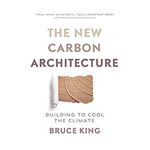
The New Carbon Architecture: Building to Cool the Climate

Graphic Guide to Frame Construction
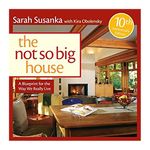
Not So Big House
